Soil Pests
The most common soil insect pests of Texas small grains are white grubs, wireworms, false wireworms and cutworms. Weeds are important food sources for these pests. Key methods of reducing these soil pests include controlling weeds by summer fallowing, tillage, and using herbicides to reduce crop residues and kill weeds.
It is important to prepare the seedbed prop- erly and inspect the soil for these pests before planting. There are no effective methods of treat- ing soil pests with insecticides once the crop has been planted and seedlings have emerged. No insecticides are labeled for preplant soil application to small grains fields. Some insecticides can be applied to the seed before planting to control certain soil pests if damaging numbers of these pests are detected before planting or if the field has a history of pest damage.
White grub
White grubs are the larval stage of May and June beetles (Phyllophaga spp. and Cyclocephala spp.). The larvae are C-shaped with white bodies and tan to brown heads (Fig. 3). The last abdominal segment is transparent, making the dark, digested material inside visible. The larvae vary in size according to age and species.
The grubs feed on plant roots and can kill small seedlings and reduce stands. Larger plants with severely pruned roots may be stunted and become more susceptible to drought. As the soil cools in the fall, white grub feeding decreases and the larvae migrate deeper into the soil. Delayed planting may improve stand establishment.
Although no insecticides are registered to control white grubs in wheat, limited field tests suggest that insecticide seed treatments may suppress light infestations.
True wireworm and false wireworm
True wireworm (Elateridae family) and false wireworm (Tenebrionidae family) larvae are similar looking, but the adult true wireworm is a click beetle, and the adult false wireworm is a darkling beetle (Figs. 4 and 5). Both feed on planted seeds and seedling roots and can reduce stands and plant vigor.
Noticeable stand losses are evidence of wireworm damage. Damage increases when dry weather in the fall delays germination, providing more time for wireworms to feed on the seed.
Cultural controls are the same for both types of wireworms:
- Killing weeds in fields
- Rotating to warm-season crops
- Rotating to crops that can be treated with a pre-plant soil insecticide
Some species of wireworms are abundant only in poorly drained soils. Proper drainage of such soils will help prevent damage.
Sample fields for wireworms: Fields can be sampled for wireworms using solar bait stations placed in the field about 3 weeks before planting. To make a wireworm bait station:
- Dig a hole about 3 to 4 inches deep and 6 to 9 inches wide.
- Place ½ cup of wheat in the bottom of the hole.
- Backfill the baited area and mound soil over it.
- Cover the mound with an 18-inch square of black plastic and a 1-yard-square sheet of clear plastic.
- Put soil on the plastic edges to hold the sheets down.
- Set about a dozen bait stations per 40 to 50 acres.
After 2 weeks, dig up the bait and count the wireworm larvae. If the stations average one or more wireworms, consider treating the wheat seed with an insecticide. The reliability of this method depends on soil temperature, soil moisture levels to initiate seed germination, and the population size and distribution of wireworms in the soil profile.
To decide whether to treat seeds or implement other practices to reduce wireworm problems, know how to recognize wireworm damage, keep good records of wireworm problems in the field, and know each field’s history of wireworm problems.
Imported fire ant
Imported fire ants, Solenopsis invicta Buren, feed on wheat seeds along field margins where colonies are concentrated (Fig. 6). Feeding may cause stand loss extending 10 to 15 feet into the field. Damage is most common during dry, warm weather that delays germination and gives ants more time to feed. Loose, dry soil gives ants easy access to the seed.
